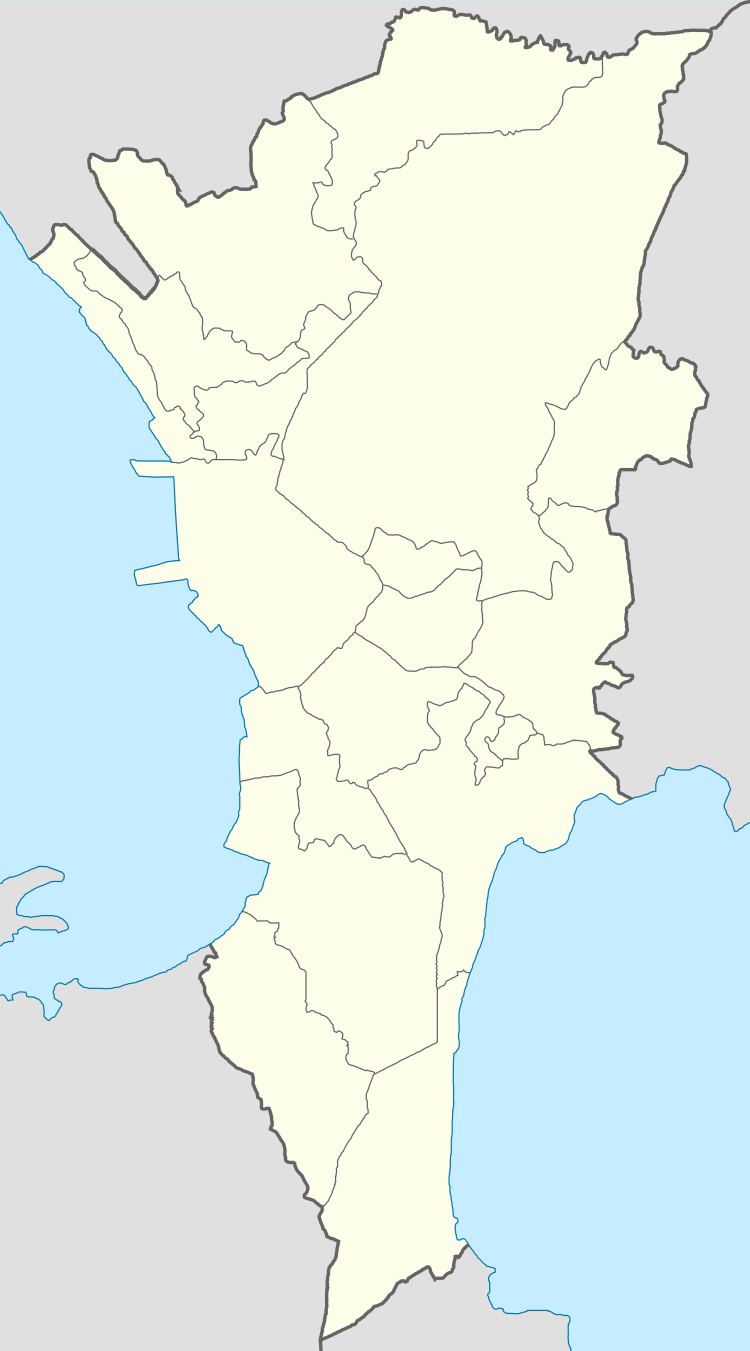Church of the Risen Lord
| Church of the Risen Lord | |
|---|---|
 Church of the Risen Lord Location within Metro Manila | |
| 14°39′34″N 121°04′19″E / 14.6595°N 121.072°ECoordinates: 14°39′34″N 121°04′19″E / 14.6595°N 121.072°E | |
| Location | Laurel Avenue, Diliman, Quezon City |
| Country | Philippines |
| Denomination | Protestant |
| Architecture | |
| Architectural type | Church building |
The Church of the Risen Lord is a Protestant church located at the University of the Philippines campus in Diliman, Quezon City, Philippines. It arose about 50 years ago through a Protestant student group named the Christian Youth Movement (CYM).
Architecture
Another architectural innovation is Cesar Concio’s Church of the Risen Lord. It is a stone throw from Leandro Locsin’s circular chapel, the Church of the Holy Sacrifice. The structure was proclaimed in the fifties as “an engineering masterpiece with its double parabola.” The chapel was saddle-shaped – a hyperbolic paraboloid with flat ends. The lower slopes of the vaulted wall were punctured by windows and vertical louvers at both sides of the longitudinal elevation. The glass-clad façade had an opening defined by a smaller arch that supported a cantilevered porte-cochere. This entrance directly led to the processional nave, terminating the vision at the altar. Just above the entrance, a choir loft could be ascended via a circular winding stair. It is one of the few churches that is modernly designed and lacks iconographic religious references.[1]
Architectural critic I.V. Mallari in his 1957 article in the Sunday Times Magazine entitled “The Ugly City” identified and lambasted specimens of modern architecture in Manila as miniaturized facsimiles of modern architecture abroad. His enumeration included Concio’s chapel in Diliman which he claimed to have been drawn from a chapel in Wichita, Kansas.[1]